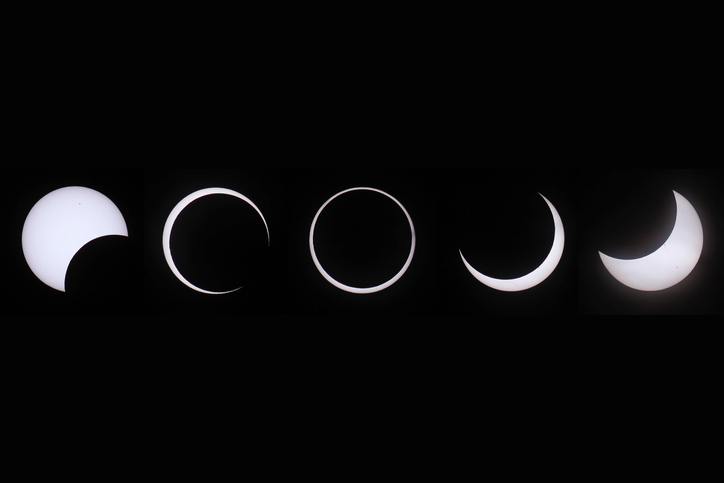Here’s how to stay safe
Total solar eclipses are rare occurrences—no wonder everyone is excited about this cool and uncommon celestial event! But remember, if you are planning to view the 2017 solar eclipse on August 21, you must take precautions so that you don’t damage your vision.
According to NASA, it is unsafe to look directly at the sun except during the brief total phase (totality) of a solar eclipse when the moon entirely blocks the sun’s bright face. Therefore, if you want to look at the sun when it’s uneclipsed or partially eclipsed, you must use special-purpose solar filters.
Dos and don’ts:
- When viewing the uneclipsed or partially eclipsed sun, only use eclipse glasses or hand-held solar viewers that are specifically designed for this purpose. Make sure they are compliant with the ISO 12312-2 international safety standard before using them.
- Before using eclipse glasses or solar viewers, read the instructions carefully. Check the product to ensure it is not damaged or scratched—and if it is, don’t use it.
- Don’t use regular sunglasses or homemade solar filters to view the uneclipsed or partially eclipsed sun—they will transmit too much sunlight.
- Don’t look at the sun through a camera, a telescope, binoculars, or any other optical device while using eclipse glasses or a solar viewer — this can cause serious injury to your eyes.
- Be sure to supervise children who are using solar viewers or eclipse glasses.
Have fun checking out the eclipse, and stay safe! Get more tips on how to stay safe while viewing the eclipse by clicking here.
Source: NASA



